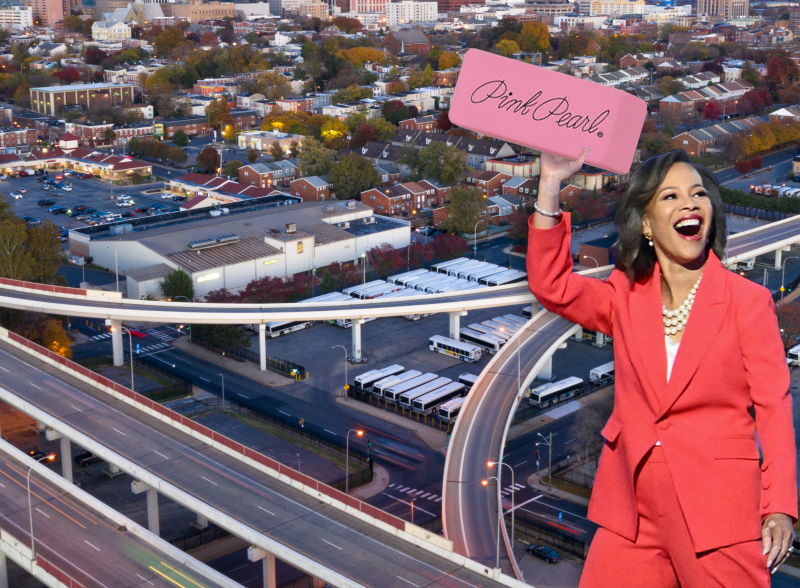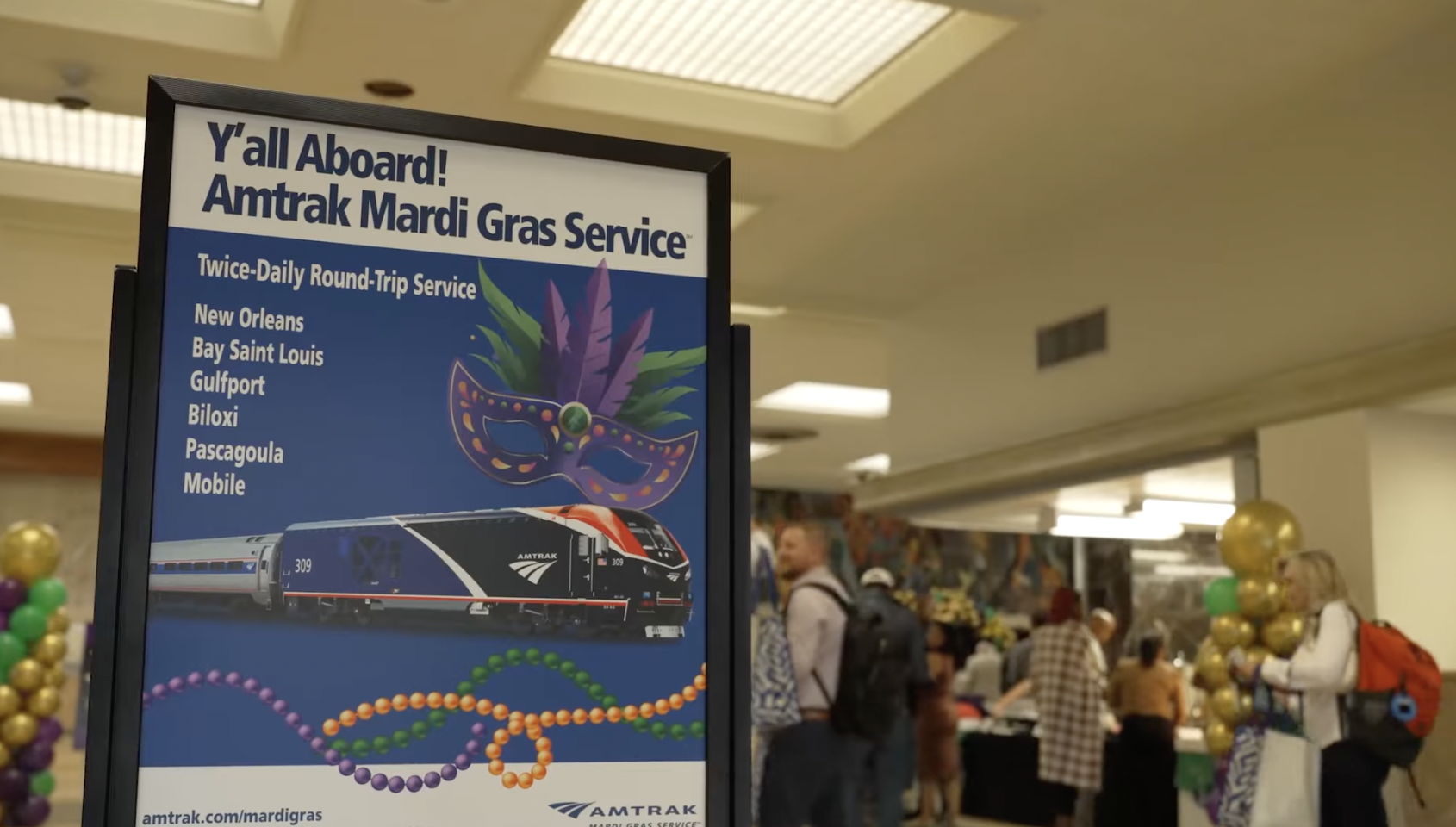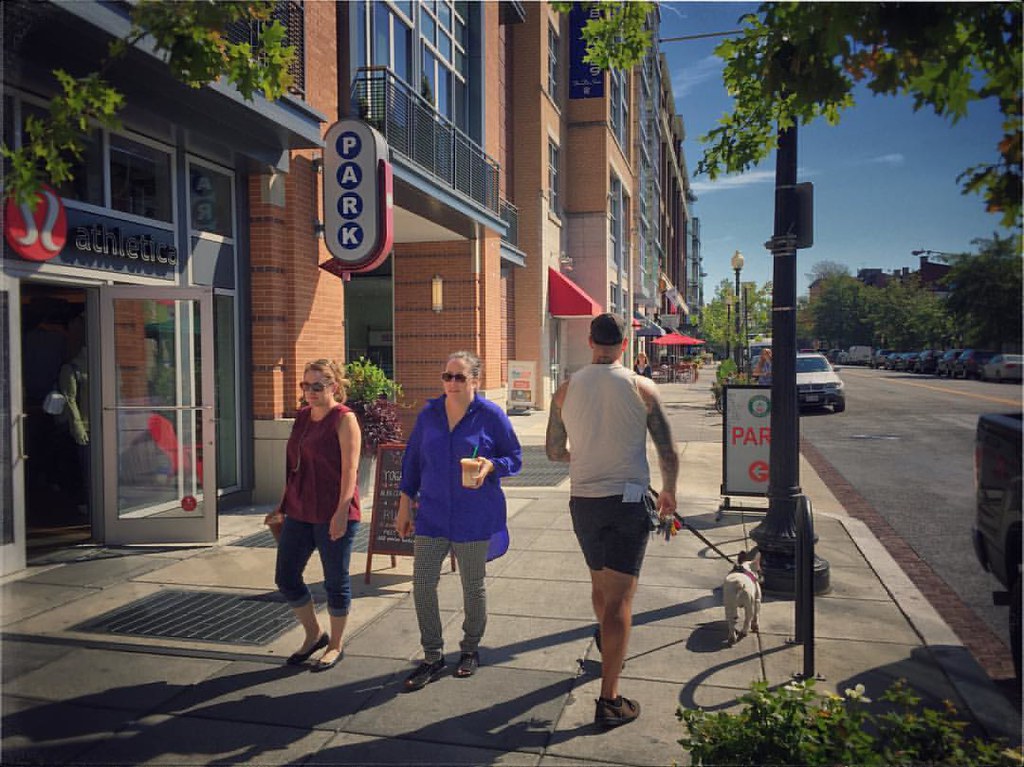
There's nothing quite like a great urban park. But what makes a park great?

Jeff La Noue at Greater Greater Washington makes the point today that the streets around a park are a major factor in its success -- or failure. He compares two Baltimore parks, one bordered by a comfortable urban street that's easy to cross, the other surrounded by a suburban-style throughway:
Druid Hill Park was built around the same time as New York's Central Park. Its beautiful 750 acres offer urban forest, fields, a zoo, a reservoir, and recreation.
However, at its edge, traffic engineers designed a tangle of speedy arterial roads with grassy medians not unlike route 175 that links Columbia, MD with Interstate 95. Unlike sprawling suburban Columbia, Druid Hill Park is surrounded by dense historic neighborhoods filled with row houses and apartments.
Many of the people who live nearby do not own cars. The obese hard-to-cross roads do a good job of both being unpleasant for nearby neighbors and creating a barrier to accessing the park. Furthermore, the road slices into the park and leaves the park edges oddly fragmented.
La Noue says Patterson Park, not far away, got it right:
It has a road network on its edges that work much better. Patterson Park is bordered by heavily trafficked Baltimore Street and Eastern Avenue, but these roads remain true to the urban street grid with regular T-shaped intersections.
All streets are only four lanes, including on-street parking. Traffic travels much slower. Crosswalks are more frequent. Neighbors can see ball fields, playgrounds, people enjoying the park right from their bedroom windows.
Patterson Park is much more intimate with its neighborhoods on all four sides. This design difference helps make Patterson Park, far more interwoven into the daily lives of the residents in the blocks across the street.
These differences could help explain why the real estate market around Druid Hill Park is relatively weak, he says.
Elsewhere on the Network today: Transportation for American gives an update on discussions in Washington to develop a short-term transportation funding fix. And Greater Greater Washington explains how zoning weakened cities.





